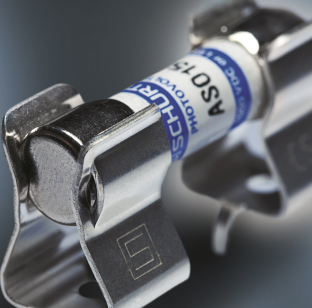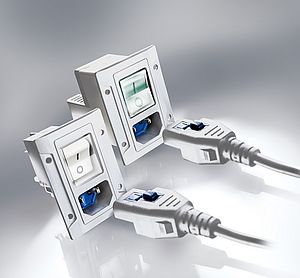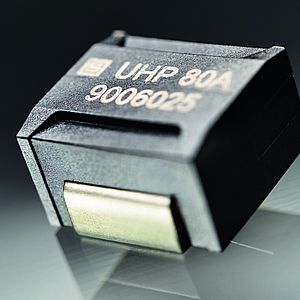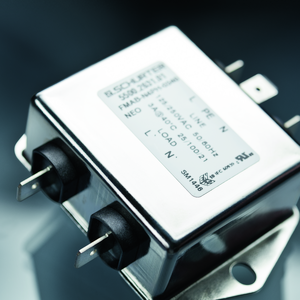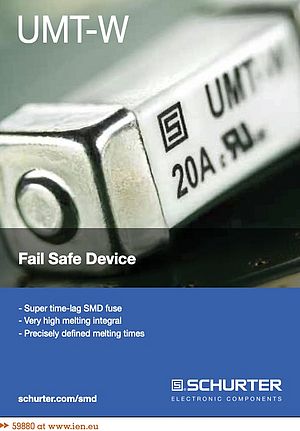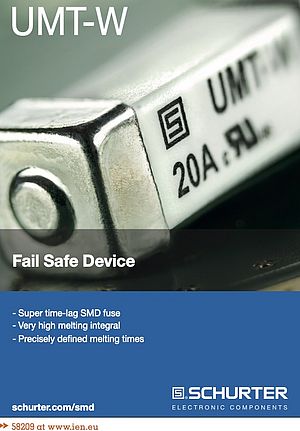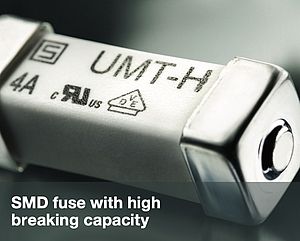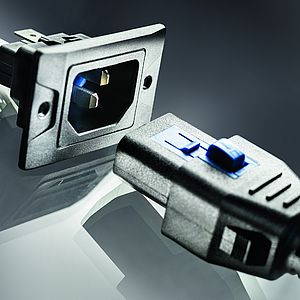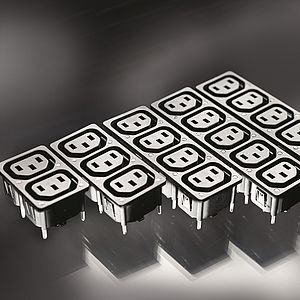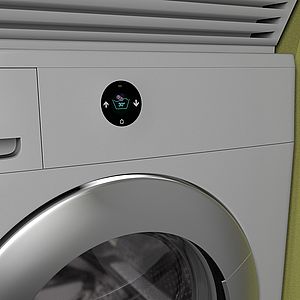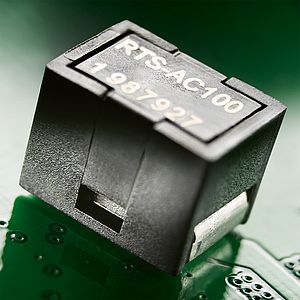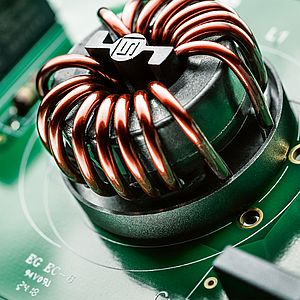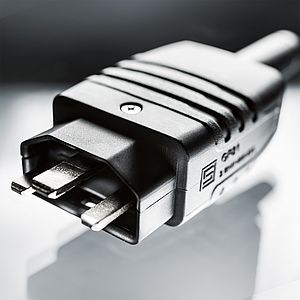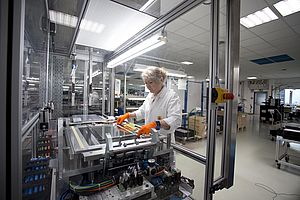Electric vehicles are powered by lithium-ion battery packs. Although they are used in billions of applications worldwide from cars to the latest cell phones, they are sensitive constructions. However, if care is taken during the charging process the battery life and safety can be significantly increased.
If you are thinking about buying an electric vehicle, it makes sense to consider at an early stage how this vehicle should be supplied with energy. In the vast majority of cases this will involve charging at home. That is why we want to limit ourselves to this point in this article. What do we need to look out for?
Duration of the charging process
The calculation for the loading time is done quickly. Take the battery capacity of a vehicle in kWh and divide it by the power (kW) of the charging station. This gives you the number of hours for a full charge.
The weakest link determines the pace
During the charging process always keep in mind that it consists of the mains supply, the charging station, the charging cable and the charger, just like a chain. The weakest link of such a chain always determines the maximum charging power. Thus, if the charger only has a capacity of 6.6 kW, it does not be of any help to "pump" some current into the batteries with a 22 kW charging station.
Fast charging shortens service life
Fast charging harms every lithium-ion battery. Charging and discharging lithium- ion cells can lead to lithium plating. Lithium ions are deposited on the anode surface instead of nesting between the layers of graphite. This effect leads to significant losses in performance, service life and safety. In extreme cases, lithium plating can even lead to a short circuit or since metallic lithium is highly flammable, to a fire.
Charging on 1-phase mains
The smallest available wall charging stations are connected to the 230 V/16 A household mains supply. These wall charging stations can only be used for single-phase charging up to about 3.6 kW. This is only practical in a few cases. For example, vehicles with low battery capacity for short distances or plug-in hybrids that do not rely exclusively on the electric motor.
Charging on 3-phase mains
A large number of wall charging stations for the private sector are connected to 400 V/16 A three-phase current (11 kW max. charging capacity). Practically every household offers this possibility without additional changes to the power supply system. This already reduces the charging times by a factor of 3. The simple design of these wall charging stations is particularly advantageous, as in addition to 3-phase charging, the standard on-board chargers can also be operated at 230 V (max.3.6 kW) on one phase without further fusing.
If you need more power, you have to upgrade the power supply. For example, to a stronger wall charging station with 400 V/32 A (22 kW) or 400 V/63 A (44 kW).
However, you are dependent on the help of a specialist for this. It is also imperative to clarify the technical (existing electrical load) and legal (tenants, owners) feasibility. In return, such powerful chargers offer significantly shorter charging times. Again, the performance of the built-in on-board charger determines the charging capacity that can ultimately be achieved.
Intelligent charging management
Performance is one thing. It is at least as important to use this power intelligently and safely. High-performance electronics are responsible for this. The charging management of the wall charging station communicates with the vehicle's Battery Management System (BMS). BMS are responsible for controlling and monitoring the charging and discharging process. Their main task is to ensure that each individual cell neither during charging nor discharging falls below nor exceeds a State of Charge (SoC) limit value defined for the application. The SoC value describes the remaining available capacity of a battery in relation to its nominal value.
Electromagnetic compatibility (EMC)
Today, high-performance electronics always means high-clocked circuits. And these fast circuits always carry the risk of excessive emissions of electromagnetic interference signals, which must be reduced. This problem can be overcome with EMC filters with high attenuation and a clever circuit board layout - in the 1-phase range usually even with discrete components. SCHURTER has a wide range of chassis mount filters for both 1-phase and 3-phase systems. Whether 1- or 2-stage filters are (must be) used depends on the strength of the interference signals, which should be measured in advance. For almost any interference signal and any power range, the problem of electromagnetic compatibility can be solved in a compact way.
Protect!
Last but not least – charging stations perform the lion's share of their service unattended. Generously dimensioned protection with high-quality passive components (fuses, fuseholders) helps to prevent major damage such as a fire in advance. An example of this would be the CSO high- performance clip for 10.3 x 38mm fuses. Due to the use of a special copper alloy, it is characterised by a particularly high clamping force. This results in minimal power dissipation, which is particularly essential for applications with high currents. With a typical contact resistance of ≤ 1 mΩ it is ideally suited for use in e-mobility charging stations (AC and DC).




